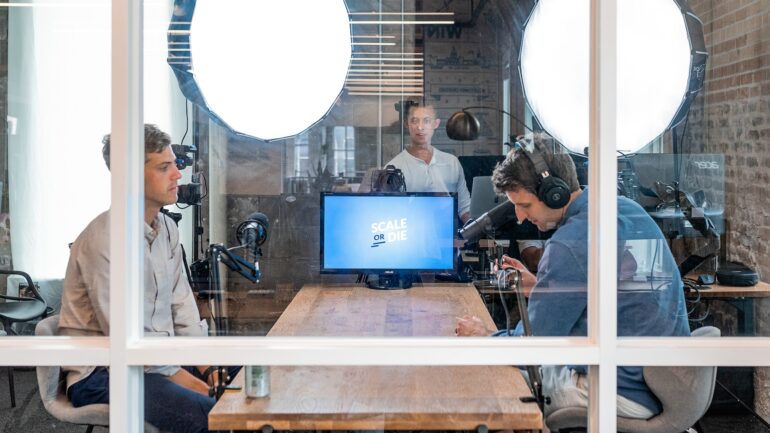The purpose of installing skylights is to increase the amount of natural light in a room. This reduces the need for electric lighting and decreases your utility bill. It is also a great selling point for potential buyers. It helps lighten up areas of your home, such as hallways and bathrooms, that lack windows. Have you ever researched on Google “skylight installation near me?” There are many different types of skylights available, and they all have their benefits. Adding a skylight can increase the productivity of your home. Often, skylights are seen in malls and shopping centers because people spend more time in them.
Light
The purpose of skylight installations is to provide light in a space. They can be installed in any ceiling, but they work best in flat ceilings. In addition to being aesthetically pleasing, skylights also provide natural lighting. To maximize their benefits, they must be installed correctly.
Adding a skylight to your home can significantly boost the amount of natural sunlight in the space. It also helps to cut down on electricity bills. Adding more natural light to a room is a huge selling point for potential buyers. It can also brighten up small spaces like bathrooms and hallways without windows. These improvements are especially beneficial in multifamily units and townhouses.
Ventilation
Skylight installations can have a variety of benefits, including improved air quality. They can help reduce HVAC costs. They can also decrease stale air, creating a comfortable indoor atmosphere. Passive ventilation skylights are designed to provide natural ventilation without relying on electricity. They work by using the natural force of hot air rising.
Ventilation is one of the primary purposes of skylight installations. In addition to bringing fresh air into a room, they can also help keep the room cooler in hot weather. For example, a skylight can be vented to let fresh air in during the summer and reduce heat gain in the cold winter months.
Energy Efficiency
There are many benefits of energy-efficient skylight installations but also some drawbacks. Some skylights leak water and warm up the interior of the building, increasing the heating and cooling load. Skylights also provide free lighting during the day, reducing the need for additional electrical lighting. Moreover, skylights can serve as passive ventilation systems in the summer, allowing the upward flow of air.
The angle at which a skylight is installed also influences heat gain and heat loss. A flatter angle means the skylight will be exposed to more sunlight in the summer, while a steeper angle will generate more heat during the heating season.
Durability
The durability of skylight installations should be taken into account when purchasing skylights. While they are built to last, the weather can negatively affect the quality of your skylight installation. The best way to protect your skylight is to avoid installing it near ridges, peaks, or valleys of the roof. These areas are prone to extreme weather, such as hail. While skylights have safety glazing that protects them from the elements, the materials they’re made of are often more susceptible to damage from hail.
One way to ensure your skylight installations are long-lasting is to use tempered or laminated glass. This is not only durable but will also avoid fading and discoloration. You can also choose tempered tinted glass to add an aesthetic touch to your skylight installation.
Cost
The cost of skylight installations depends on several factors. First, it depends on the type of skylight you want to install. Skylights can be made from vinyl, wood, metal, or a combination of materials. Each material has its benefits and drawbacks and will have a different cost and maintenance requirement. For example, vinyl skylights are the least expensive and require the least maintenance, while wood skylights will cost the most and require more maintenance.





